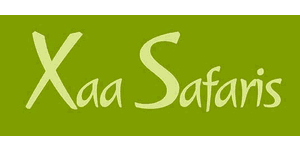
Safari Tours to Nxai Pan NP
-
![12-Day Botswana Family Safari Tour]()
12-Day Botswana Family Safari Tour
$13,199 to $14,950 pp (USD)
Botswana & Zimbabwe: Private tourLuxuryLodge & Tented Camp
You Visit: Victoria Falls (Start), Kwando Concession, Kwara Concession (Okavango Delta), Nxai Pan NP, Maun Airport (End)

Wayfairer Travel
4.8/5 – 183 Reviews
-
![7-Day Central Kalahari & Nxai Pans]()
7-Day Central Kalahari & Nxai Pans
$2,750 pp (USD)
Botswana: Shared tour (max 4 people per vehicle)BudgetCamping & Hotel
You Visit: Maun Airport (Start), Central Kalahari GR, Nxai Pan NP, Maun (End)

Kalahari Marsh Safari Holidays
4.9/5 – 41 Reviews
-
![5-Day Central Kalahari & Makgadikgadi Safari]()
5-Day Central Kalahari & Makgadikgadi Safari
$2,002 pp (USD)
Botswana: Private tour
Mid-range CampingYou Visit: Maun (Start), Central Kalahari GR, Nxai Pan NP, Maun (End)

Xaa Safaris
4.7/5 – 24 Reviews

 Botswana Parks
Botswana Parks







